What the nose doesn't know helps wildlife: Using olfactory cues to protect vulnerable species
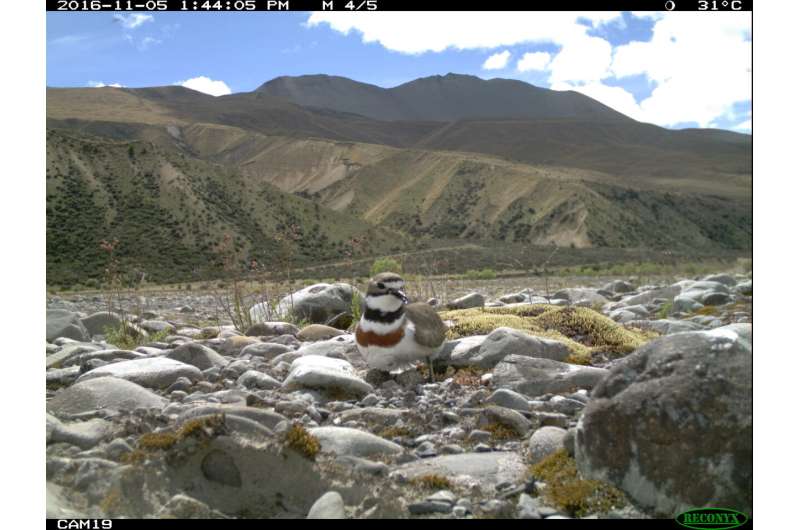
Animals—both herbivores and predators—follow their noses for a broad range of food sources. The principle applies to hunters trying to ferret out easy prey or grazers searching for the richest plants.
Now, behavioral ecologists have discovered a way to harness animals' olfactory ability to protect vulnerable plants and endangered animals. In a new study published in the Ecological Society of America's journal Frontiers in Ecology and the Environment, University of Sydney ecologist Catherine Price has laid out a practical and theoretical framework that sheds light on how animals use their sense of smell to find food, and how wildlife managers may be able to use odors to deter unwanted predation.
Humans have used similar tactics for millennia. Gardeners plant marigolds and chrysanthemums to discourage bugs and rabbits and people burn citronella or spray garlic oil around their yards to deter mosquitoes. Why this works, though, is still something of a mystery.
"It's only now that we are starting to discover the mechanism by which these methods work and identify the important volatiles in the scents," said Price. "We are starting to tease apart the ecological basis of olfaction and to understand how animals use smell and why they behave the way they do—and how we can use that knowledge to save species and protect ecosystems."
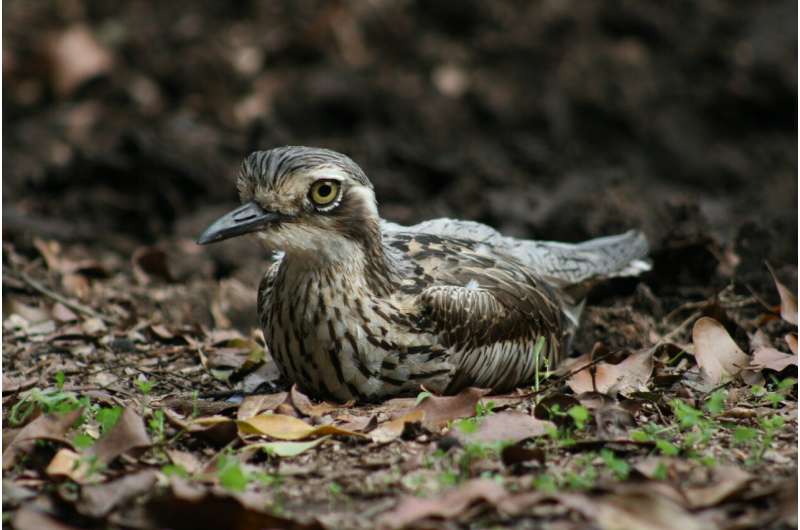
The role of olfaction in the animal world has sometimes been overlooked, perhaps because humans don't hunt using smell much anymore. Scientists have studied scent-marking and territorial defense as well as smell's effects on mating behavior, but not much research has been done in how animals use smell to find food.
Price's paper, more than a decade in the making, explores the ways that animals use olfaction to find food, and how to circumvent that process to decrease predation. Methods include masking the smell of a food source (such as seeds, eggs or an animal you're trying to protect), disguising its scent or spreading a similar scent all over the landscape to train a hunter or grazer to ignore a certain smell when it's on the hunt for food.
"It's about hiding the food that we don't want them to eat—an endangered bird or plant—that we don't want them to eat is hard for them to find. They have other, easier food options, so they don't bother searching for what we're trying to protect."
Price and her team ground-tested her theory, literally, by putting a chicken scent in Vaseline and spreading it across thousand-hectare sites where endangered shorebirds nested. Because the scent showed up before the birds, and because it was everywhere and so not a useful clue toward finding dinner, ferrets and stoats left the shorebird nests alone. Nest predation decreased more than 50 percent, an effect that lasted a month.
"You can compare it to camouflage—we're just hiding things in plain sight," said Price. "Foragers are using smell to find things, and when they can't find it in all the background smells, they'll start looking for something else."
In the trials conducted so far, using olfactory cues as protection costs about the same as other methods—including fences, lethal methods of predator control and other deterrents—but is more effective, more sustainable and doesn't come burdened with animal welfare concerns.
-
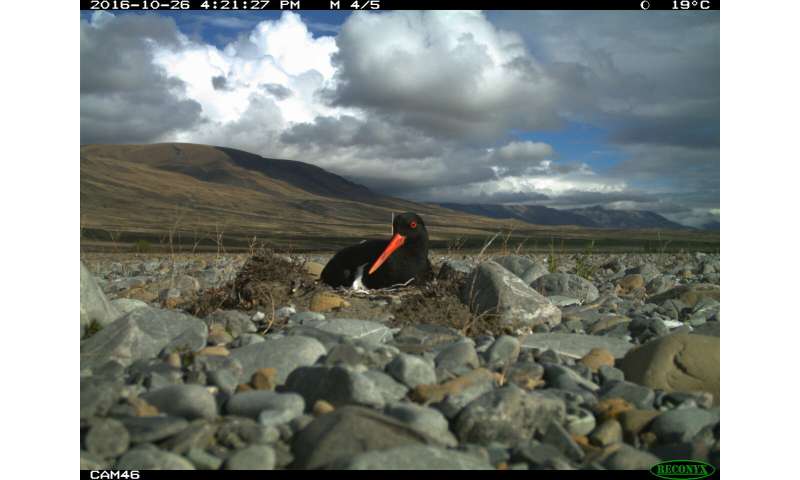
Invasive predators including hedgehogs and ferrets threaten shorebirds in New Zealand like this South island oystercatcher, which evolved without the threat of mammalian egg thieves. Olfactory misinformation helps protect nesting colonies from predators and ensure more nestlings survive. Credit: Grant Norbury -
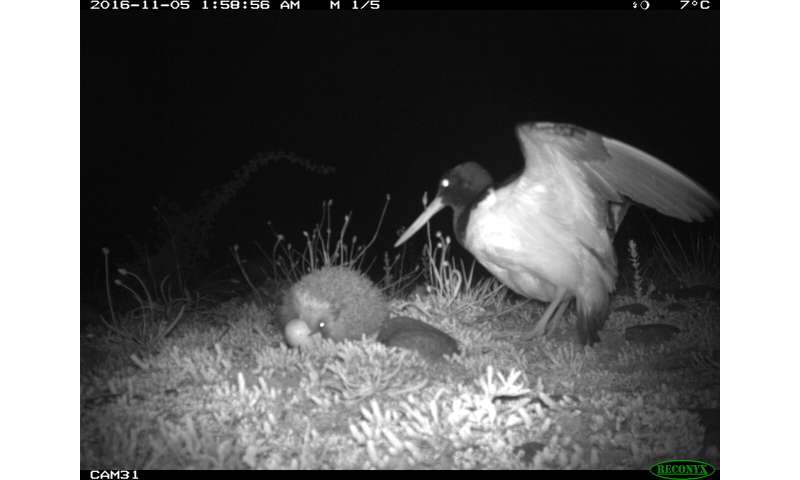
Invasive hedgehogs love an easy snack of eggs from a shorebird nesting colony. Olfactory misinformation can help make the eggs harder to find, encouraging hedgehogs to seek out easier food sources. Credit: Grant Norbury -
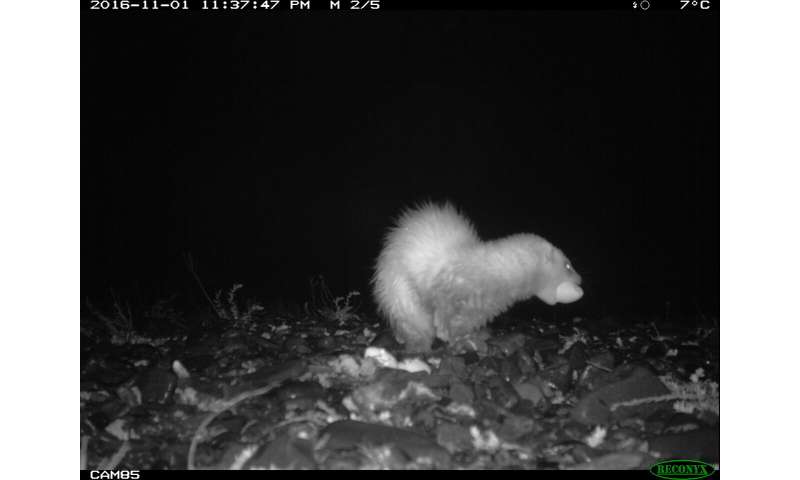
New Zealand shorebirds evolved without having to worry about mammalian predators like this invasive ferret. Olfactory cues helps hide eggs and keep them safe from predation. Credit: Grant Norbury
"Working with the foraging animal's motivations is important," said Price. "That's why it's different from other strategies like fences and other deterrents. That's why they don't often work."
When wildlife managers remove predators from a population, they can't guarantee that they have protected anything. One fox can wreak havoc in a shorebird colony in a single night. Olfactory control also allows managers to focus only on problematic or invasive predators, leaving the native predators in an ecosystem unaffected.
More practical on-the-ground studies are required to test the scope, methods and specifics of olfactory cues across ecosystems, but early results are encouraging.
"There is still a lot to understand," said Price. "But this is a new, powerful tool to add to the kit of wildlife managers."
More information: Catherine Price et al, Olfactory misinformation: creating "fake news" to reduce problem foraging by wildlife, Frontiers in Ecology and the Environment (2022). DOI: 10.1002/fee.2534
Journal information: Frontiers in Ecology and the Environment
Provided by Ecological Society of America





















